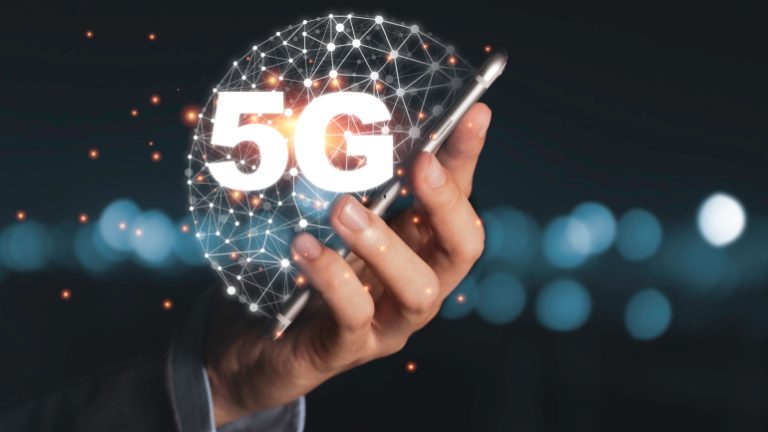
The digital economy has been expanding at a rapid pace, and as a result, roughly 80% of 5G traffic is generated in indoor environments. Enhanced indoor coverage is vital for Communications Service Providers (CSPs) to offer innovative use cases, such as online gaming, Augmented Reality (AR), Virtual Reality (VR), smart factories, and telemedicine. Ensuring improved indoor coverage and experience becomes necessary as digital networks promote continuous traffic growth and support business diversification in vertical industries.
As dependence on communication networks grows, there is a pressing need to reimagine the indoor experience strategy employed by telecommunications companies. A subpar indoor experience not only affects the adoption of services but also leads to customer churn. As personal services turn mobile, high-definition, and diverse, requirements for gigabit network capabilities have expanded to encompass all scenarios, including subways, railway stations, airports, and stadiums. 5G allows service providers to move beyond traditional voice and data services, requiring a shift from coverage orientation to experience orientation as customer needs evolve.
With the ongoing development of Mobile Broadband (MBB) networks, global operators have acquired more spectrum resources. However, multiple spectrums can make network construction challenging, and indoor scenarios face difficulties such as admission permission. Deployment of multi-Radio Access Technologies (RAT) and multi-band integration should be simplified to meet the ultimate indoor user experience.
Even as service providers gain new capabilities to enhance the indoor experience, maximizing the full potential of spectrum resources is also essential. It is advisable to deploy highly integrated modules with selected bands rather than all bands. Energy efficiency is another crucial aspect, and telcos must transition from adding modules for more bands to adding bands without adding more modules.
As device diversity grows, the indoor coverage must now accommodate the increasing demand for massive IoT, extreme reliability, high speed, and low latency. Eric Bao, President of Huawei’s Digital Indoor System (DIS) Product Line, states, “Positioning has become a rigid need for digital and intelligent transformation of the industry… Multi-dimensional capabilities such as uplink experience, full-scenario positioning, and hundreds of billions of passive IoT brought by digital 5G networks will become the cornerstone of the development of the smart world, aiding industries in accelerating digitalization and releasing new 5G business opportunities.”
To meet the diversified indoor 5G requirements, digital indoor systems must innovate. Eric Bao explains, “The development of indoor networks presents three major trends: gigabit experience, green and simple, and multi-function in one network. Digitalization has become an inevitable choice for 5G indoor network construction.”
Huawei, a global leader in developing technologies to help CSPs deliver exceptional network experiences to their customers, has implemented robust solutions such as the LampSite and Distributed Massive MIMO. These technologies have significantly increased network capacity and have become essential for providing a ubiquitous gigabit experience.
The LampSite solution continues to innovate with a highly integrated design, achieving a 25% reduction in weight and volume. Its power consumption is reduced by 40% with hardware capability improvements and the pRRU deep dormancy feature. Huawei’s single-operator LampSite Pro and LampSite Sharing solution support multi-operator co-building and sharing, while the LampSite EE (Enterprise Edition) provides IoT, large uplink, and meter-level positioning capabilities.
By utilizing innovative products like LampSite, CSPs can provide a truly differentiated user experience and help enterprise customers realize their digital transformation goals. This technology will be crucial for CSPs to enhance their revenue growth and continue to compete in today’s digital landscape.



